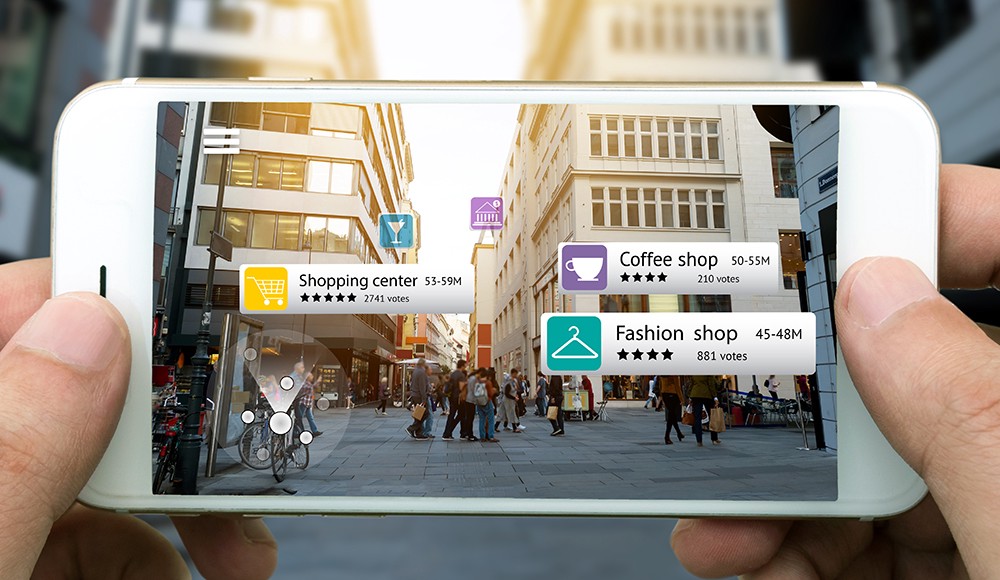
The impact that tech-savvy customers are having on the ecommerce world is not just stronger than ever; it’s faster than ever.
Gone are the days when customers would meander online trying to determine if an online order was worth the risk.
Instead, technology today is helping customers keep track of their purchases, and altering the ways in which those consumers interact with online retailers.
As technology changes business-to-consumer transactions, new opportunities for both sides of the sphere are emerging.
Consumers now have access to a range of tools that help them gauge prices, find alternatives, locate stores and receive coupons.
Retailers are seeing benefits as well, as technology helps them make stronger connections with consumers and build their brands faster.
Altogether, technology is revolutionizing how business-to-consumer transactions occur. Here’s how:
1. Mobile apps are changing consumer/retailer relationships.
Apps are now affording retailers an opportunity to connect with consumers that goes beyond the boundaries of a brick-and-mortar business.
Brands no longer have to wait for consumers to walk into their shop or spot an ad that prompts them to engage with the business.
Now, businesses can reach consumers everywhere. Even when customers aren’t shopping, retailers can still be on their minds.
The constant presence of a brand’s app on a customer’s phone reminds him or her that that brand is out there, as an option.
2. Retailers are more consumers’ minded .
Old junk email notifications are swiftly being crowded out by marketers in favor of smartphone push notifications.
These features and their apps allow marketing teams to command consumer attention as never before.
Promotions that once got filtered out by spam detectors or were scrolled over by consumers can now grab a user’s attention right at his or her home screen.
Retailers are harnessing these updates to keep customers updated and informed about new sales and promotions.
3. Personalized customer experience is growing.

The fact that consumers want personally relevant shopping experiences is nothing new and technology is making personalization standard.
These marketing techniques are becoming a popular method for those looking to build a loyal customer base.
With the advent of mobile personal assistants, ecommerce sites are realizing that automated services no longer cut it.
To better serve customers, ecommerce sites are finding they must adapt to the new customer service standards set by technological improvements.
This means servicing customers on the various channels they have access to. Brand websites, email, Facebook, Twitter and even Instagram are all being used by customers to connect with brands.
Today’s ecommerce sites have touse these platforms to connect with customers, as well.
4. Consumers like the convenience of faster delivery and lower prices.
Convenience has been the number one driving force behind ecommerce sites’ success.
With the increasing demand for convenience, however, same-day delivery features are posing new challenges.
Online stores, for example, may encounter the need for higher price tags: Putting a driver behind a wheel for same-day delivery is far from cheap.
But technology help is on the way: In the near future, solutions to the delivery obstacle, at least, will come in the form of automated vehicles and drones.
Ecommerce behemoths like Amazon are already looking to pave the way with such technology.
5. Small businesses are taking over.
Overall, thefuture for small businesses looks increasingly bright for those jumping into the ecommerce market.
Peer-to-peer ecommerce sites like Etsy and Shopify are putting small business head to head with big-box retailers like Walmart and Target.
Smartphones and social media are giving consumers a chance to discover brands they’ve never come across before. The thrift store down the street can now set up shop online and offer global access to its products.
Startups are popping up across the country faster than ever before.





